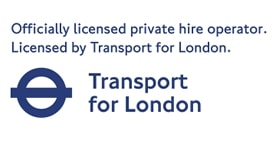Branson backs Heathrow Airport for a new south-east runway
Richard Branson has joined other airline chiefs in backing Heathrow as his primary choice for a new runway
The head of Virgin Atlantic, which operates out of both Heathrow and Gatwick, said that it was the “logical choice” for any new runway – although he would ideally like to see them at both airports. “I’ve always said that I think Heathrow is where people want to fly from. Heathrow is where all the businesses are set up and that is certainly our ideal first choice,” he said
Speaking at a press conference in Atlanta to promote their new Dreamliner, he said that Virgin Atlantic continuously had to make tough decisions over its network because of the runway restrictions.
“At the moment at Heathrow if we wanted to do a new route we’d have to close a current route, we have no other choice. There are no other slots at Heathrow.”
The difficulties encountered by the transatlantic carrier are not shared by sister airlines such as Virgin Australia, which Branson said had been free to grow and challenge the dominant carrier Qantas.
“If a new runway is built at Heathrow, I’m absolutely certain that by the time it’s built there will be planes which will be more energy efficient than the current planes, and that it will bring many routes … that Virgin Atlantic would want to fly to.”
Appearing alongside him was the airline’s chief executive Craig Kreeger, who outlined the plans for the new jet.
“We’ll start with Boston and stay on the east coast [of the US] in the early days as we build up the number of pilots who have done many landings on that airplane. So we’ll be flying to places that are shorter haul for Virgin Atlantic for the first several months,” he said.
Kreeger said the new focus on the US – with routes cut to places like Mumbai and Tokyo – was not a deliberate strategy.
“We didn’t have a goal to move from east to west or try to become more US-centric. It’s simply that we let the performance take us where our customers wanted to go, and as we looked at the routes that were performing well and those that were performing less well it suggested there were opportunities to take advantage of a partner [Delta] at this end.”




